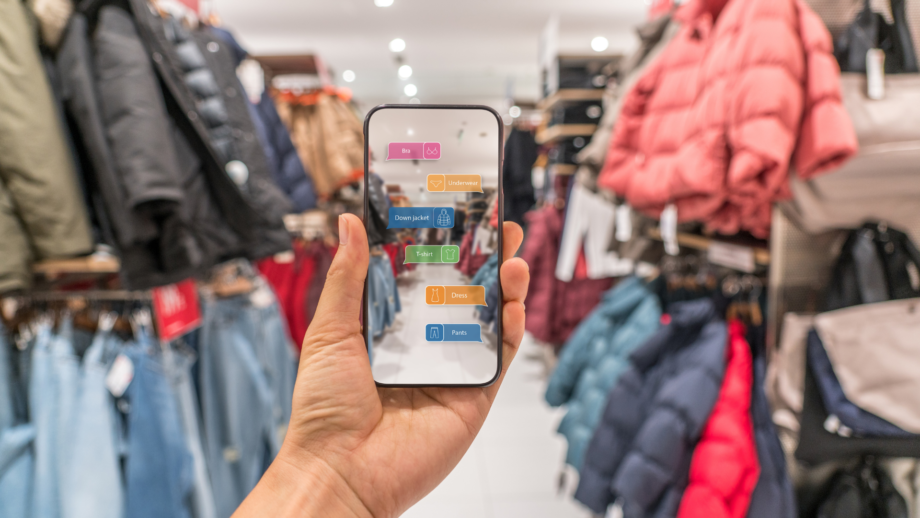When they first appeared on the scene, audiences were captivated by the possibilities that Virtual Reality -VR – and Augmented Reality -AR- brought in the way we learn, live, create, and work.
Many of the futuristic applications that people imagined have yet to materialise, since VR/AR technology is still evolving. Anyway, those applications that have been brought to life are certainly popular among early adopter communities, such as in the realms of advertising, marketing, and public relations.
In detail, we know humans are obsessed with experiences above all else. Given that, VR and AR both allow marketers to create personalised experiences, unique to each individual. Is sufficiently evident that such immersive technologies will lead to more costumised yet engaging programmatic adv, messaging, and marketing at the individual level.
In addition, which kind of experienced could be better powered by immersive technologies if not in-person experiences and events? Costumising and personalising the direct contact with the costumer? People will continue to have hybridised virtual and in-person experiences in their lives and at work, including group events such as concerts, shows, and other experiences.
Furthermore, AR and VR are also expanding the boundaries for Experiential Marketing. You can imagine yourself driving the car, being a part of an event, or having access to a new experience using virtual reality?
These technologies are being incorporated also into social media and online and in the case of social shopping and interactive shopping thanks to virtual try-ons, virtual showrooms or catalogues VR and AR lead the experience to a higher level. In case of social media, snapchat is leading the way, and it’s investing heavily to make augmented reality shopping a reality opening new frontiers in social media marketing. As the audience size grows, the existing online advertising can quite easily transformed into VR/AR adv.
While, in terms of public relations, VR and AR are providing journalists with unprecedented opportunities to experience clients’ offerings in new and immersive ways, bypassing traditional media familiarisation trips and desk sides. Now, events, facilities, properties, travel destinations, and more can all provide journalists with the opportunity to learn more about what makes them unique without having to plan a trip or visit.
Finally, data-driven, scientific approach to strategies and the resulting result without forgetting the help of AI in pre-decision-making process which accurately places consumer sentiment, could enhance how AR and VR could be used.
In a nutshell, even if VR and AR are still finding their footing in real-world application, marketers and advertisers are experimenting with VR and AR in unique ways that promise to change the landscape of advertising, marketing, and PR over time.


